Because I have an awful lot of things on the go at any one time and generally lack focus in general, I set goals for myself each year to try and provide a sort of framework to work within. And then at the end of each year I look back over those goals and assess how well I did at achieving them.
It’s that time of year again…
Goals I feel I’ve accomplished will be in bold.
- Write a book
- I know this is super vague and that’s intentional. I have several ideas tumbling about in my mind and I haven’t settled on one yet.
Huh. I don’t know if I should bold this or not. I’m going to though… because I really turned up the amount of writing I was doing. Also, though I didn’t write a single book from start to finish I did write 20k ish words on a new book I sold to Dundurn Press (Eerie Edmonton) and wrote 50,000 words of a NaNoWriMo novel. I feel like that’s close enough to count.
- Make at least one blog post a week
Uh… I don’t know if I did this, to be honest, but I don’t want to go back through my archives to count and see. If I didn’t actually write a post a week I definitely wrote more than 52 posts altogether and surely that’s good enough? Really, I question the judgement of Past Me in picking this as a goal because it’s definitely better to not blog on any given week than it is to blog about nothing, right?
Well, nailed the first half — I read over fifty books so far this year. I didn’t finish reading all the ones from my partial reading list, however. I guess that goal will get bumped to 2019 LOL
- Increase the number of my books available in libraries
- I wish I had a more concrete goal to go here, but I still need to figure out what my system is going to be (Am I going to focus on a specific book? If so, which one? Am I going to focus on a specific library location? Where? How much time am I going to dedicate to this?). As I figure out the details I will share them on this blog.
So technically this goal was achieved, but not through any effort on my part. Really what happened is D2D started distributing to Overdrive and a couple other places where libraries get books and a handful of libraries acquired some of my titles. I didn’t spend any time on this, though, which may be a thing for 2019 or may be a thing to put on a shelf for a wee bit longer. We’ll have to wait and see, I think.
Unfortunately, I didn’t manage this. I planned to. I bought tickets, booked a hotel room, hell, I even had plane tickets, but I was just too sick to go. That’s twice in a row I’ve had to cancel. Both times were for good reasons, but, bleh…
However, I did participate in STARFest in St. Albert, Alberta and CoCoKon in Phoenix, Arizona this year and I hadn’t planned to do either of those things. So hopefully that will make up for the convention I had planned to attend but couldn’t.
Done and done. It was a good one this year. I felt like I had just the right amount of programming and a happy amount of social time too. Win/win!
- Successfully participate in NovPAD
- NovPAD is November Poem-A-Day. I haven’t successfully pulled this off in ages, and I miss it.
Narp. Sadly. I tried. I even picked a theme and bought a premade cover to use as inspiration and everything, but by the end of November I did not have thirty poems. I am still working on this though, I want to finish that chapbook and put it out… maybe 2019? Maybe 2020?
- Successfully release the following titles:
It was a busy year 🙂
- Have a successful submissions window for Grimm, Grit and Gasoline
- Have a Table of Contents decided by the end of the year.
Whoot! That TOC was tricksy, but I finalized it just this month. Edits will begin in January and then contracts which means I’ll probably be able to announce it in February or March 🙂
- Continue in my role as Assistant Editor for World Weaver Press
- At present this looks like it will include acquiring and/or editing at least three titles.
I edited some of these WWP titles in 2017 for a 2018 release. Some I edited in 2018 for a 2019 release. To be fair, the bulk of my work ends once edits are complete, but not all, so I’ve included all of the titles. I didn’t list those I copy edited though, so it seems balanced to me 😉
The Continuum by Wendy Nikel (Edited in 2017 but released in 2018)
The Grandmother Paradox by Wendy Nikel (Edited in 2018 for a 2018 release)
Book #3 in the Place in Time Series by Wendy Nikel (Edited in 2018 for a 2019 release)
Black Pearl Dreaming by K. Bird Lincoln (Edited in 2017 for a 2018 release)
Book #3 in the Portland Hafu Series by K. Bird Lincoln (Edited in 2018 for a 2019 release)
- Edit the next book in E.C. Bell’s Marie Jenner series
Hearing Voices is out in the world and I’m ridiculously proud to say that I’m its editor. The previous book I edited in this series, Dying on Second, also won the Bony Blithe award this year. Of course, Eileen did all the work for that, but I get to brag about it a bit too 😉
- Work on putting together TOC for [Top Sekkrit] anthology
So close to done on this. Close, but not quite.
- Organise a Giftmas Blog Tour
Done and done. At the time of my writing this post we had exceeded our goal and still had several days to go. I am very proud 🙂
- Increase my mailing list subscribers by 20%
I actually increased my numbers by significantly more than that — like closer to 30x at its peek. I used a couple builders to do that, however, so after the cycle of unsubscribers leaving and purging zombie members my subscriber numbers are much lower than that peek but those who are on the list really seem to want to be there. And even my current numbers are significantly higher than they were last year. About 9k at last count (because why am I being vague?)
- Increase my BookBub followers by 20%
LoL Well, Past Me. It would be easier to know how I’d done in regard to this goal if I had written down my current number of BookBub followers somewhere memorable at the begining of the year. Alas, I did not. I wrote it down. I remember that much, but I can’t remember where… so I guess this one will have to remain a mystery. However… I think my ultimate goal was 1,000 BookBub followers (because that would open up tools to me) and I currently have just over 800. So probably this goal wasn’t nailed. Yet.
Not listed as goals but other things I accomplished this year include editing F is for Fairy (forthcoming), pitching and selling Eerie Edmonton to Dundurn Press and doing loads of research for it, sold an anthology about swashbuckling cats that was wholly conceived of on Twitter, and successfully completing NaNoWriMo.
I spent a good part of this year quite unwell so I was nervous about looking back at these goals but overall? I’m pretty pleased with how I did. I’d also set a fitness goal for myself that I totally failed to hit, but given how sick I was for over half of this year I’m going to cut myself a whole bunch of slack on that one.
Looking forward to seeing what 2019 will bring!
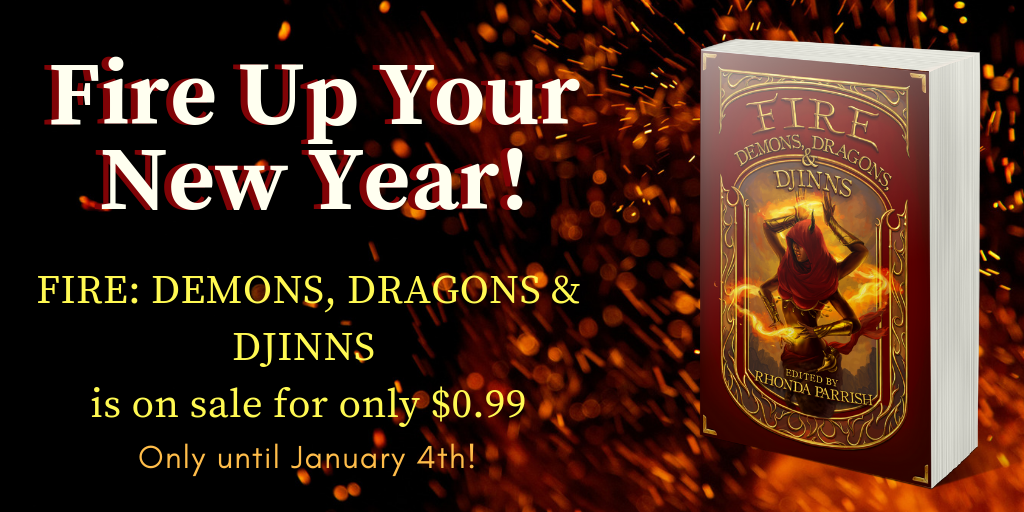


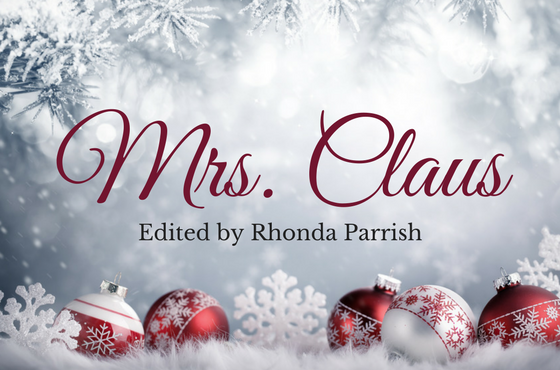
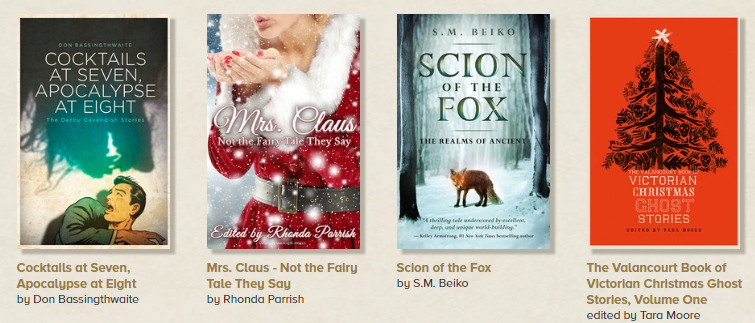

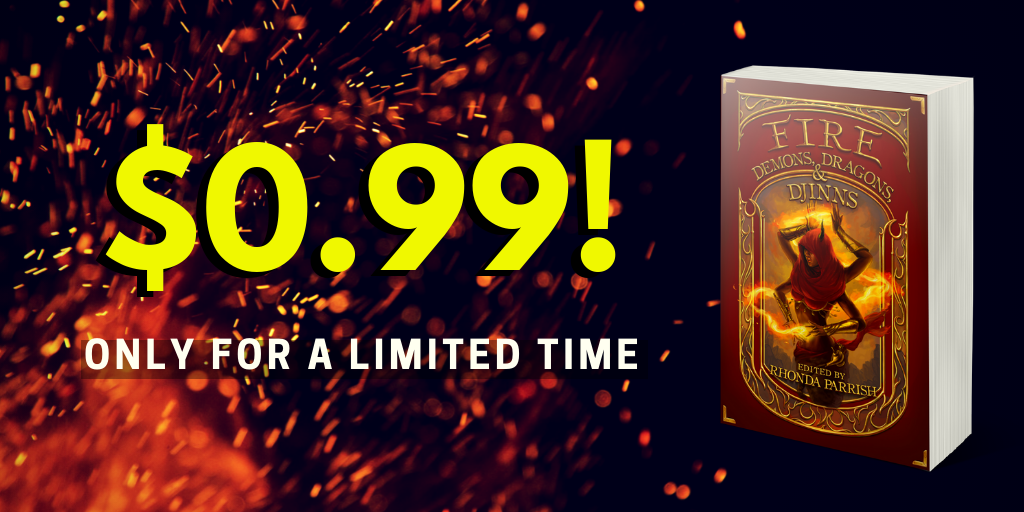


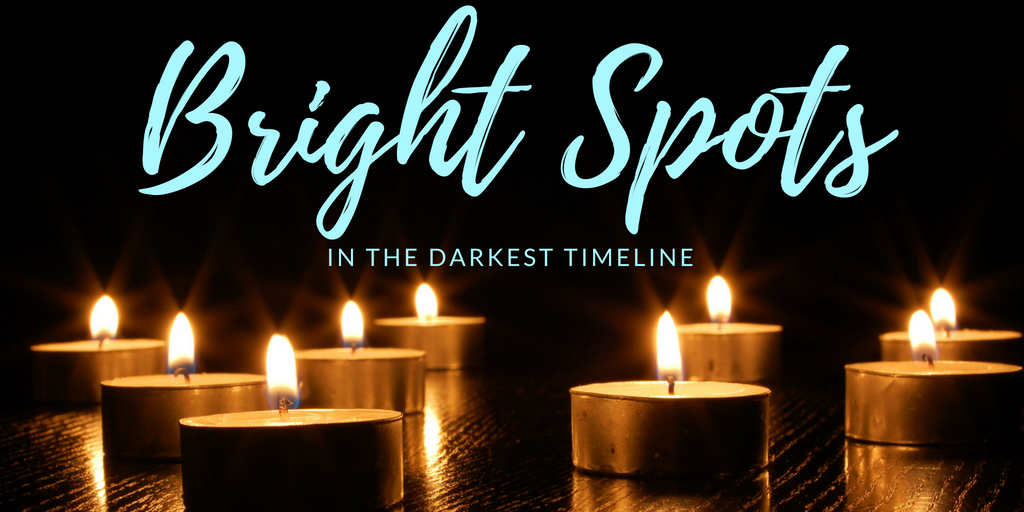
 Alison McBain was born in Alberta, grew up in California and received her B.A. in African history and classical literature at U.C. Santa Cruz. After her nomadic twenties, she settled in Fairfield, Connecticut, where she is raising three girls and her husband.
Alison McBain was born in Alberta, grew up in California and received her B.A. in African history and classical literature at U.C. Santa Cruz. After her nomadic twenties, she settled in Fairfield, Connecticut, where she is raising three girls and her husband.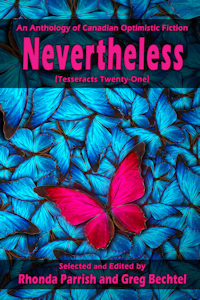
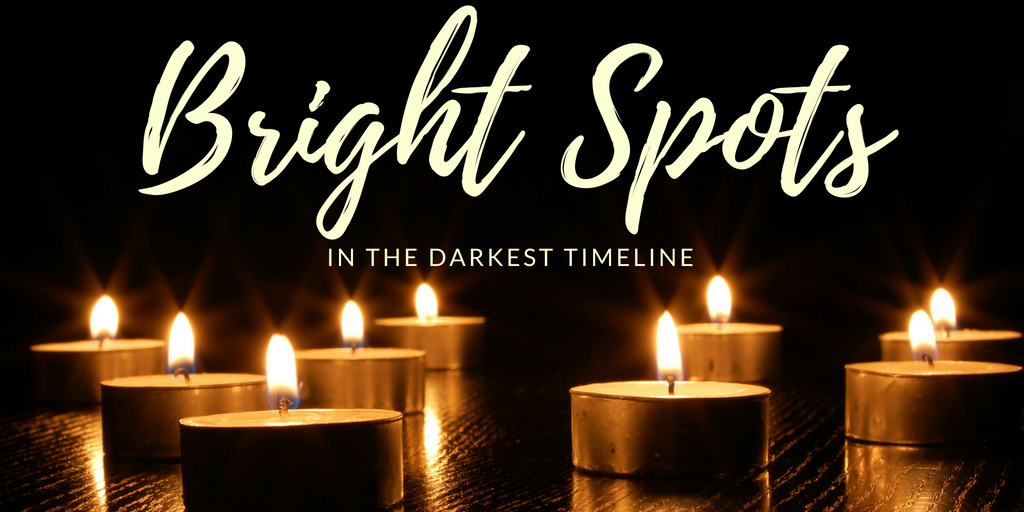
 Kate Heartfield is a former journalist in Ottawa, Canada. Her novel Armed in Her Fashion was published in spring 2018 by ChiZine Publications, and she has a time-travel novella, Alice Payne Arrives, coming in November 2018 from Tor.com Publishing.
Kate Heartfield is a former journalist in Ottawa, Canada. Her novel Armed in Her Fashion was published in spring 2018 by ChiZine Publications, and she has a time-travel novella, Alice Payne Arrives, coming in November 2018 from Tor.com Publishing.

